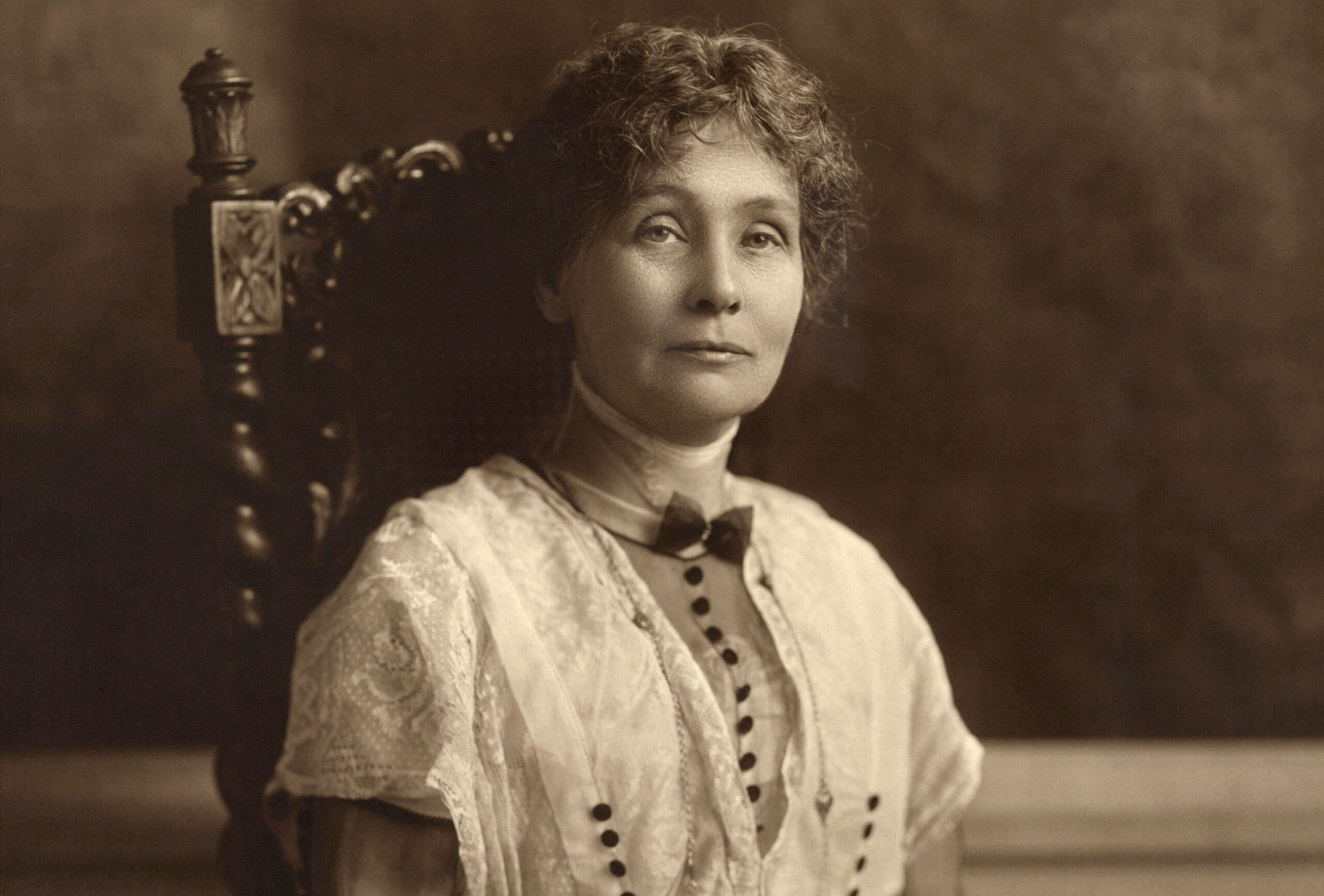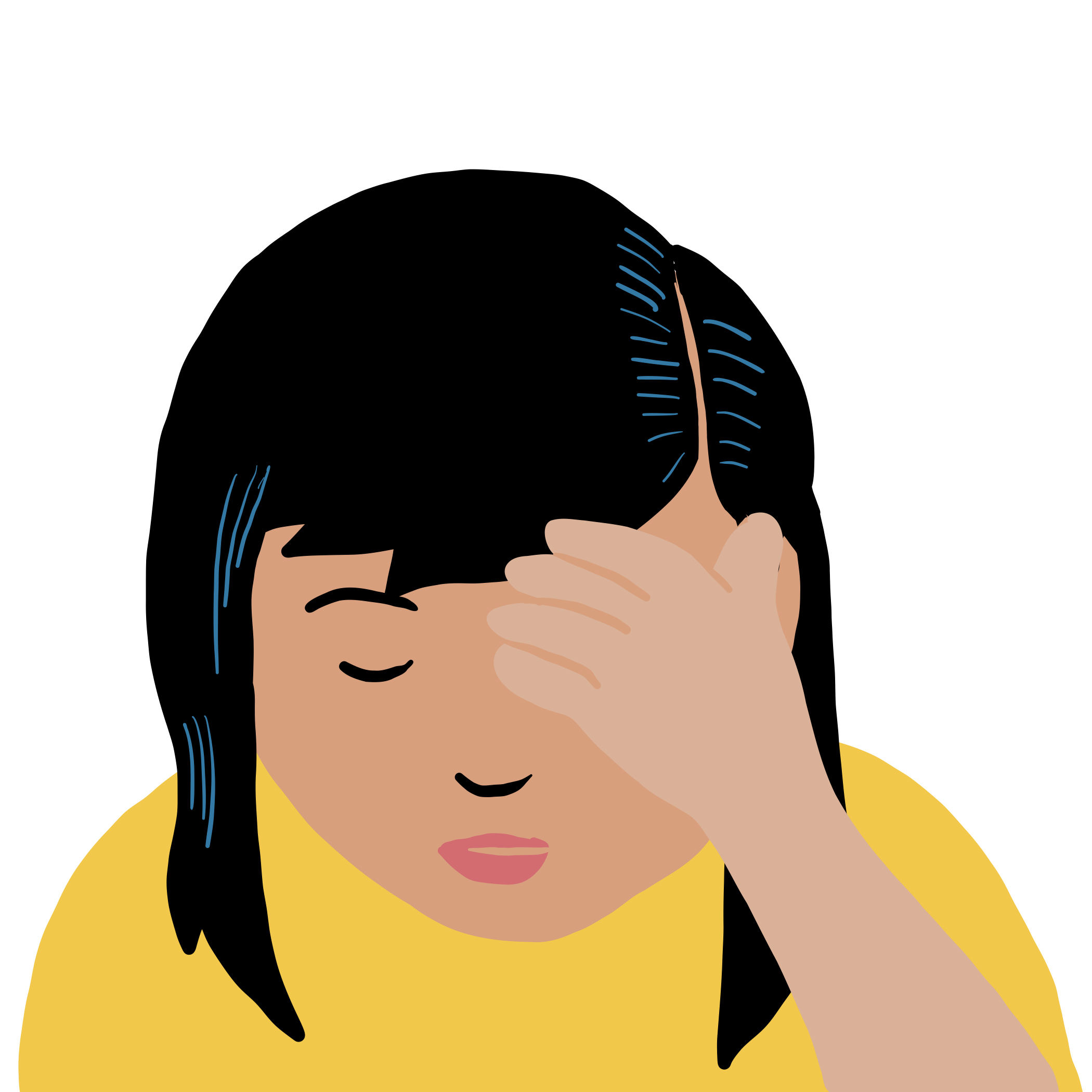What is Patient Zero?
The expression patient zero comes from epidemiology. In medical terms it is the first person infected in an epidemic or a pandemic.
Epidemiology is the study of the spread of diseases and epidemiologists are kind of medical detectives. It is important to now where diseases start in order to control and find cures for them.
Patient zero is used in medical situations to describe the first person infected with a disease. Once a patient zero is identified, they can understand better how disease is spreading and work toward a cure. The term was first used in the 1980s. It replaced index patient (or index case), which had been used since the early 1900s. By the 1990s, Patient zero was being used more widely in society.

In the case of the Covid-19, or Coronavirus pandemic which started in China, scientists are still searching for patient zero. They know that many cases were connected to a seafood and animal market in Wuhan (Hubei province).
But when Chinese researchers reported that the first person to be diagnosed with Covid-19, was on 1 December 2019 they found that person had “no contact” with the Huanan Seafood Wholesale Market.
Meanwhile, the World Health Organization (WHO) has a theory that the outbreak started at the market and could have been transmitted from a living animal to a human host before spreading to other humans. It is clear to see how knowing about patient zero would help them to understand more about where the virus came from and how it spreads.
Knowing who Patient Zero helps
The Ebola outbreak in West Africa from 2014 to 2016 was the largest since the virus was first discovered in 1976. More than 11,000 people died and over 28,000 were infected. The outbreak lasted more than two years and spread to 10 countries, mostly in Africa, but also in the US, Spain, the United Kingdom and Italy.
Scientists found that this outbreak of a new strain of Ebola started with just one person – a two-year-old boy from Guinea – who may have been infected by playing in a hollow tree that had a colony of bats.
The most well known patient zero is Mary Mallon, also known as ‘Typhoid Mary’. She caused an outbreak of typhoid fever in New York in 1906.

Mallon emigrated to the US from Ireland, and worked for rich families as a cook. Anywhere she worked, members of the household started to develop typhoid fever. Doctors called her a healthy carrier – someone infected by a disease but who display little or no symptoms of the disease, which means they often go on to infect many other people.
Some key words:
Epidemiology: the branch of medicine dealing with the incidence and prevalence of disease in large populations.
Epidemic: A disease affecting many persons at the same time, and spreading from person to person.
Pandemic: A worldwide outbreak of a new disease, usually a virus.
© Copyrights 2024 All Rights Reserved. 17Promises




